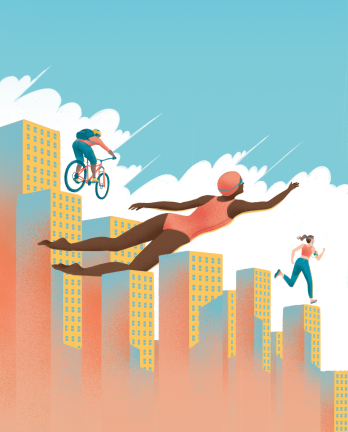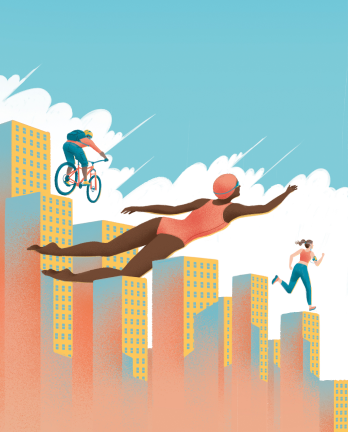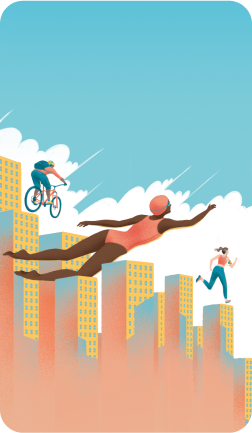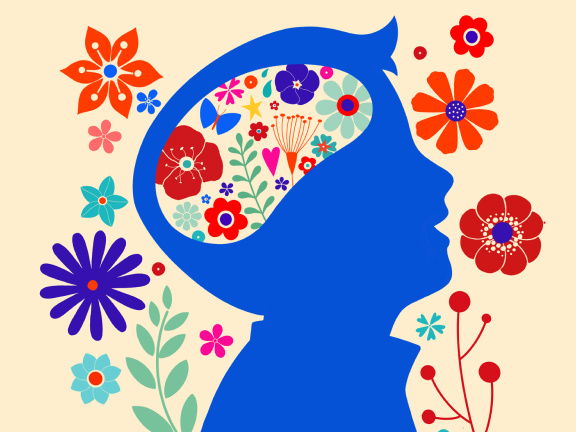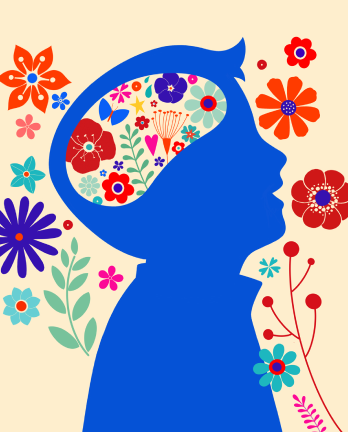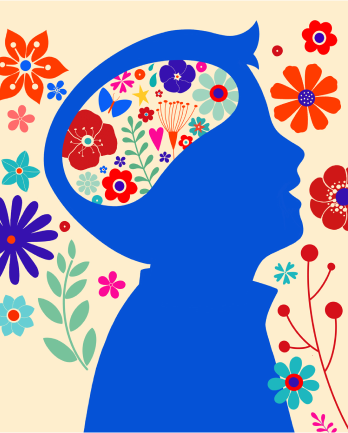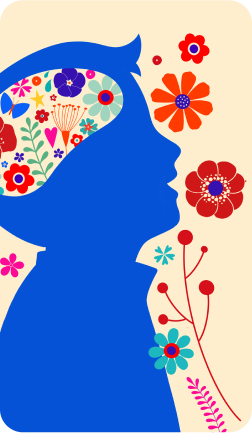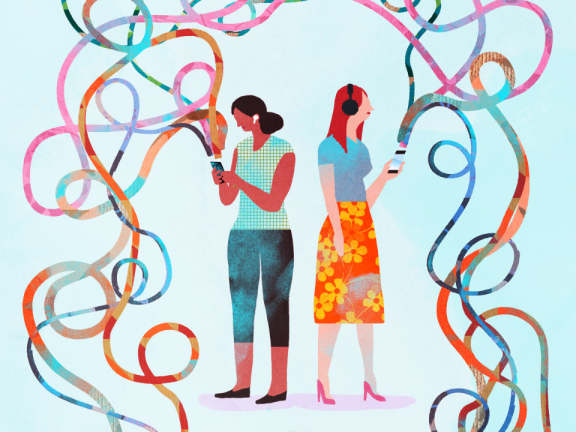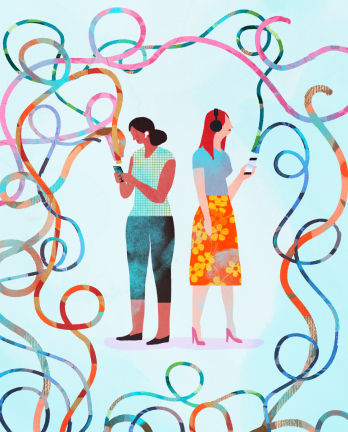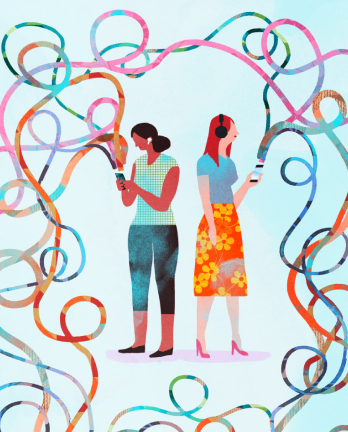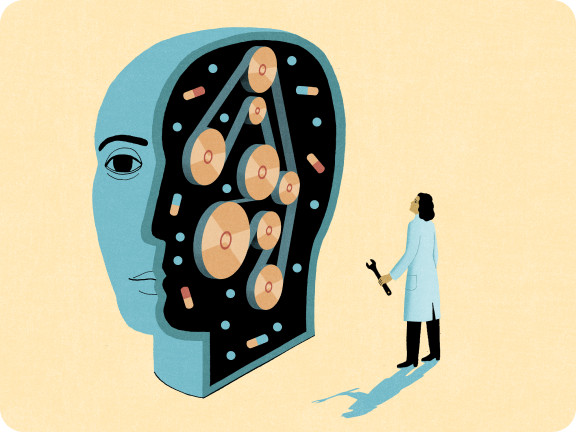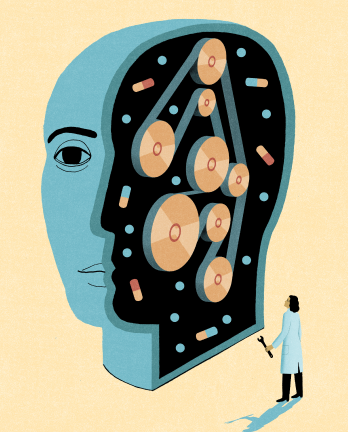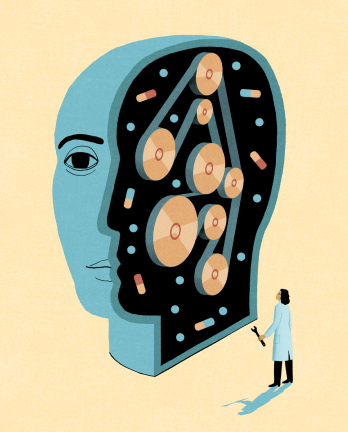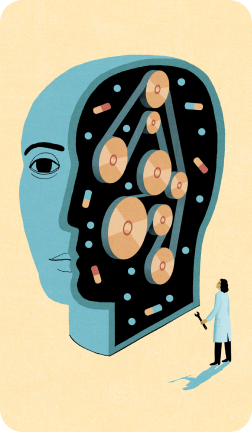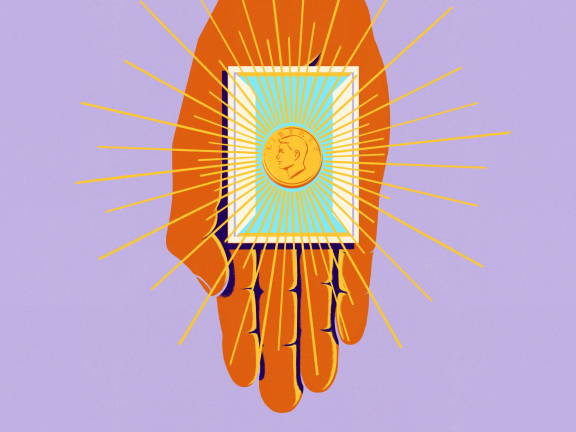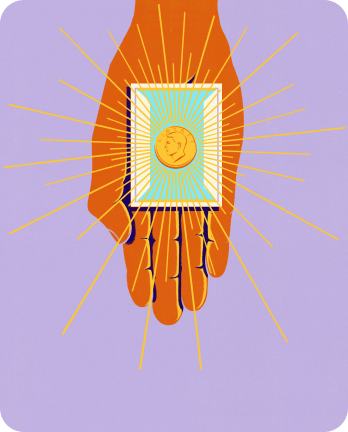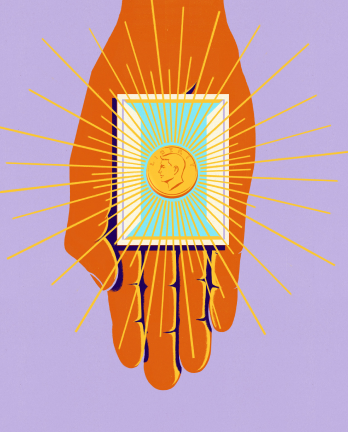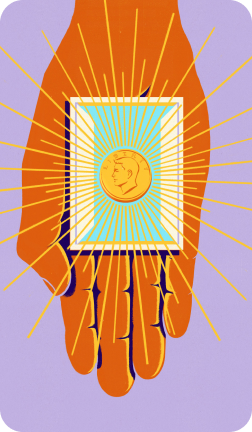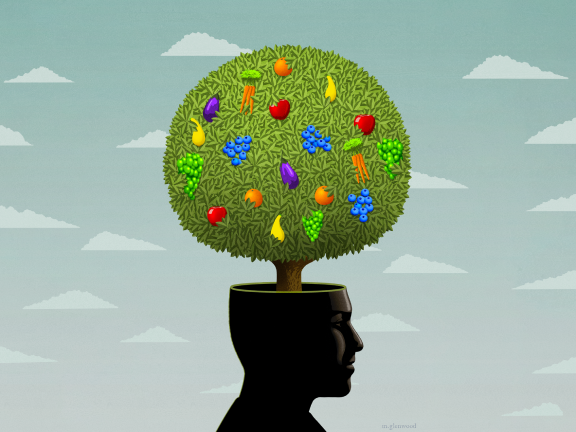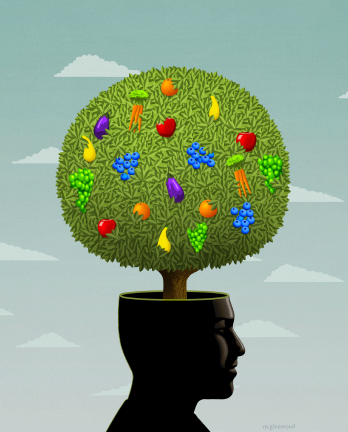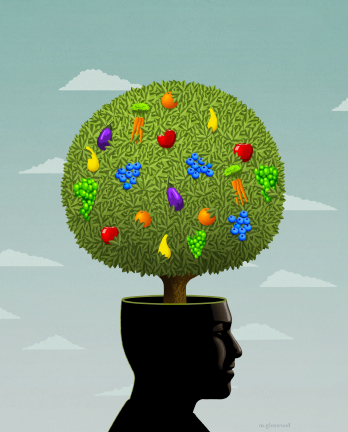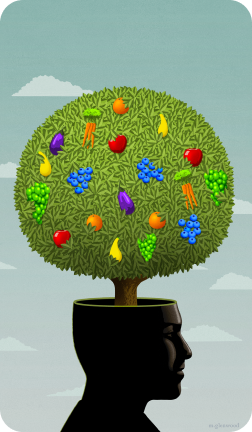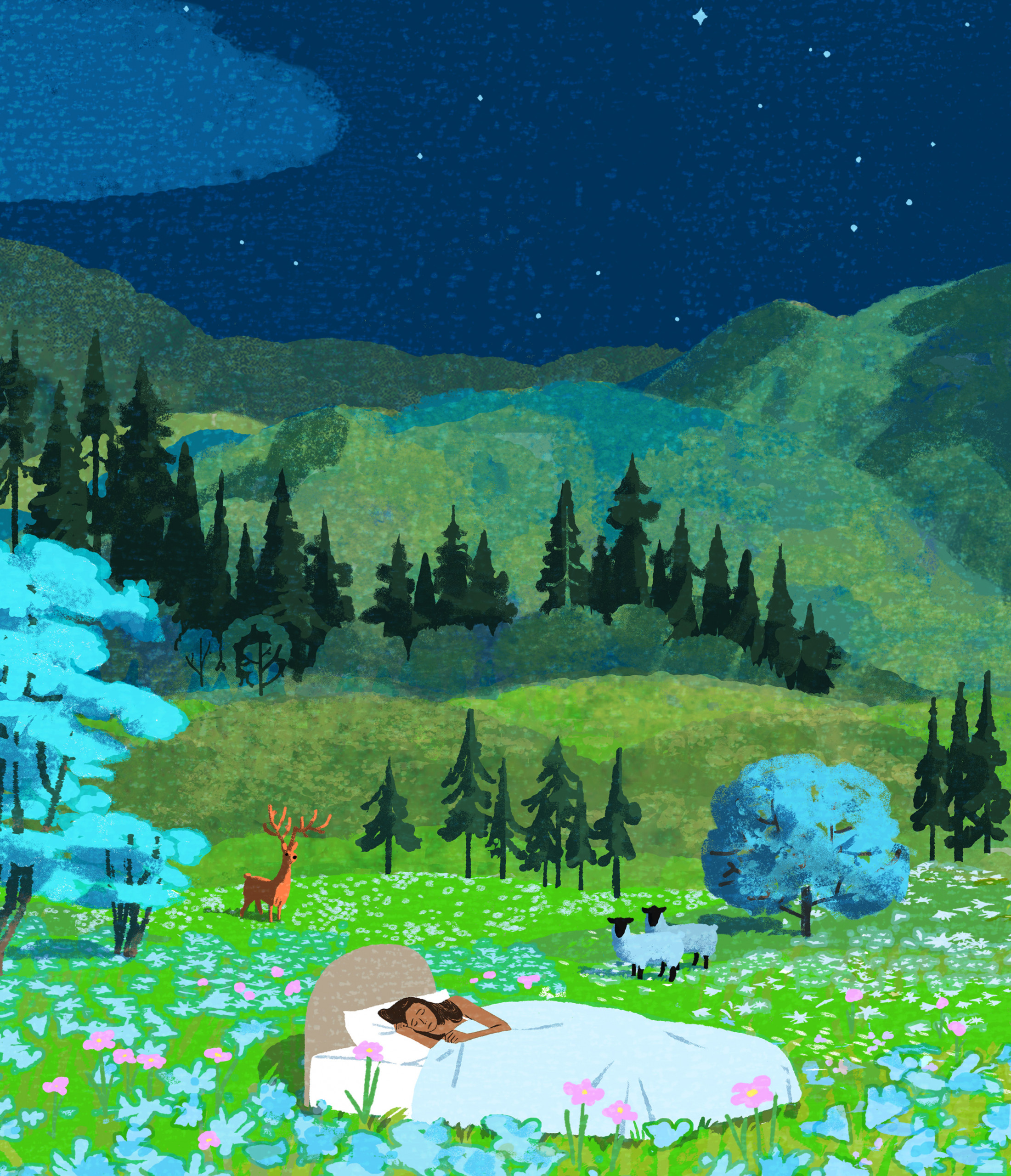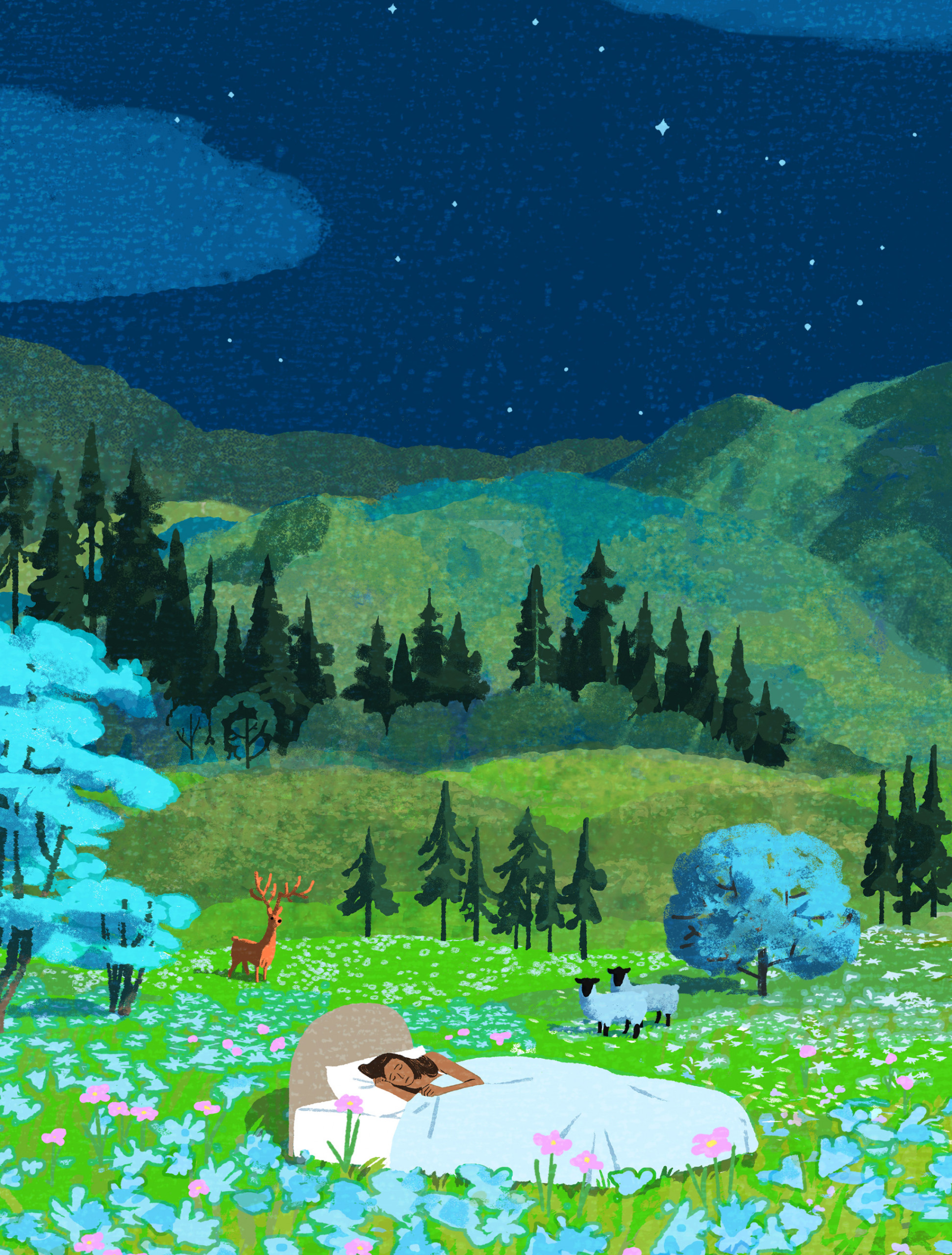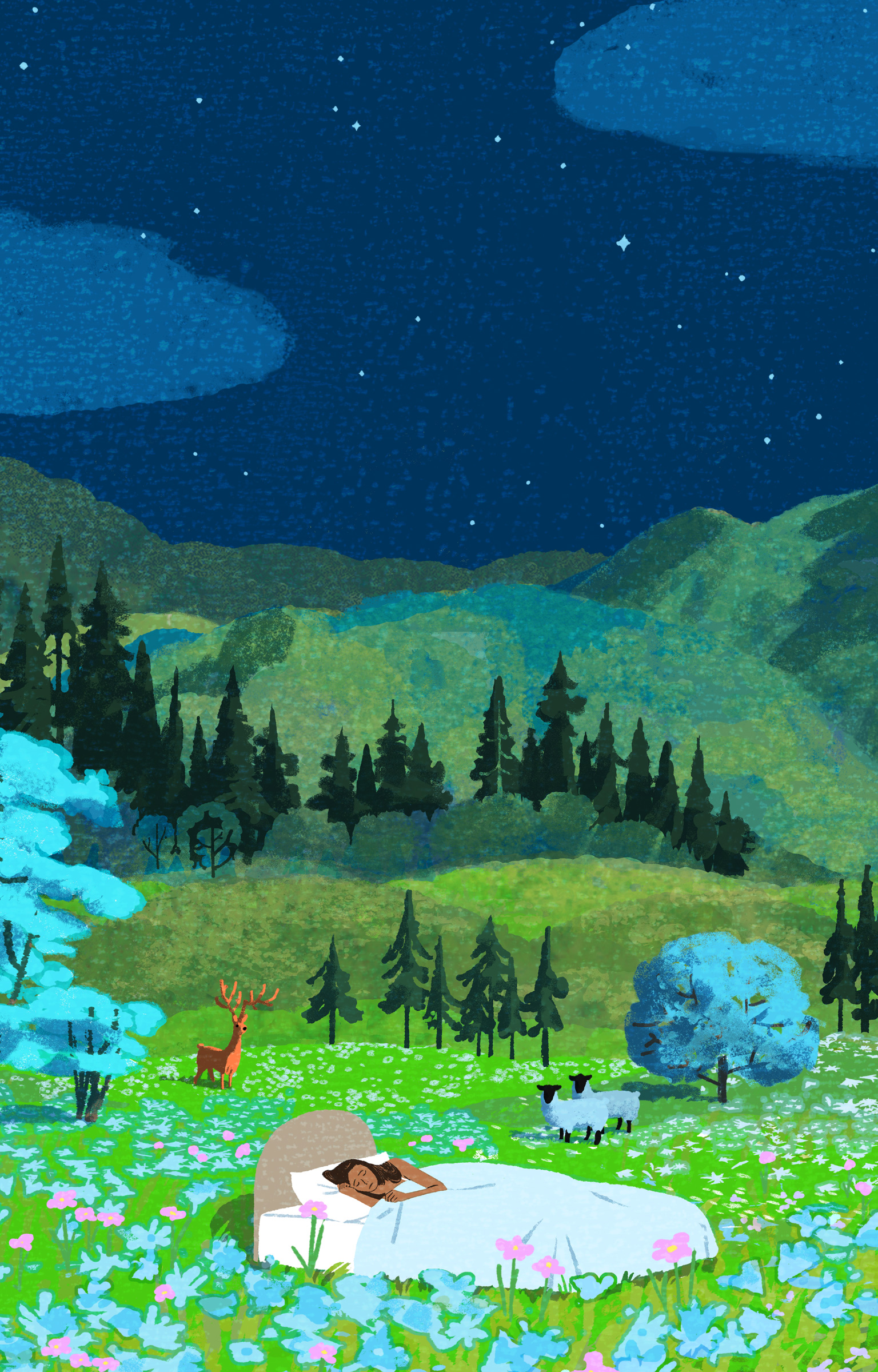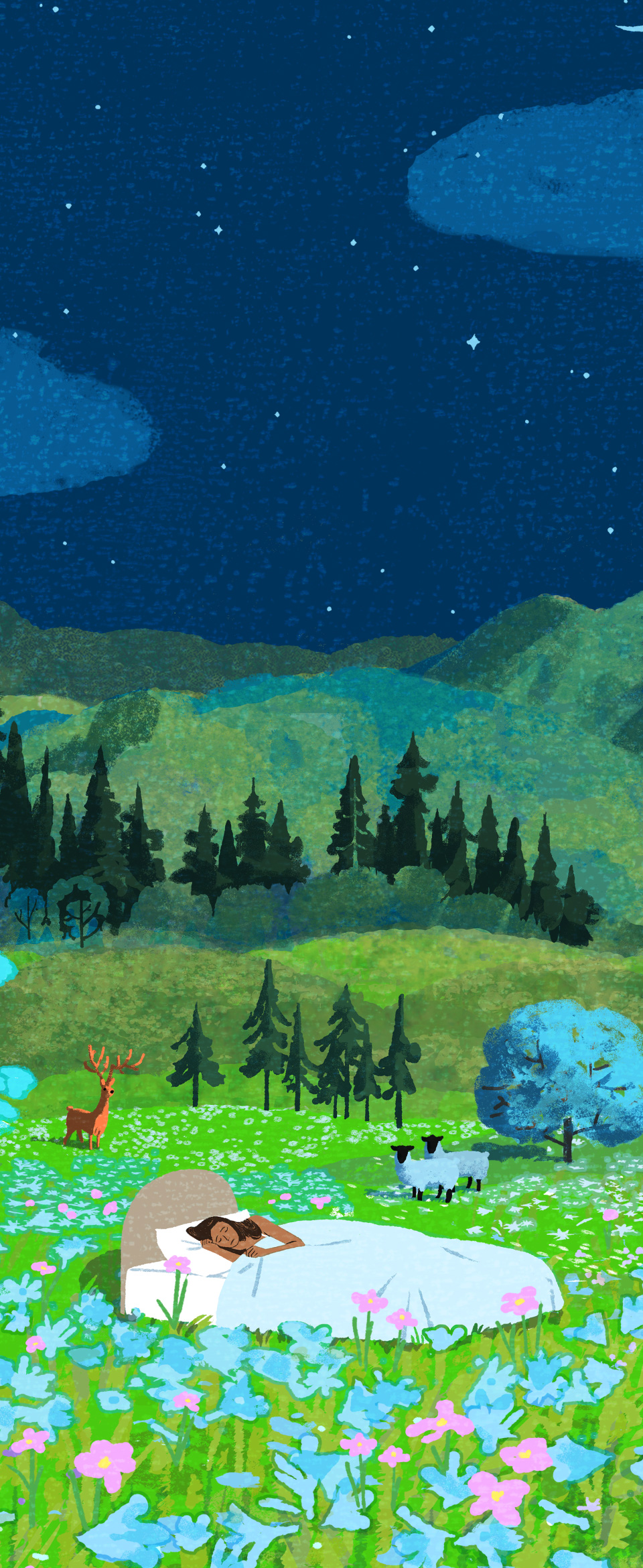Partner Content
This content was paid for by Jefferson Enterprise and created by INQStudio. The news and editorial staffs of The Inquirer had no role in this article’s creation.
This content was paid for by Jefferson Enterprise and created by INQStudio. The news and editorial staffs of The Inquirer had no role in this article’s creation.
We have an innate need to be around nature. Can this insight help us design more peaceful communities?
We have an innate need to be around nature. Can this insight help us design more peaceful communities?
We have an innate need to be around nature. Can this insight help us design more peaceful communities?
We have an innate need to be around nature. Can this insight help us design more peaceful communities?
ouch grass, walk in the park, or take in a water view, and something almost magical happens: Your brain sends a signal to your body to breathe more easily, release muscle tension, and let go of stress. Your heart rate slows. You feel calmer.
Even after a walk in nature, the aftereffects continue to help us cope with negative emotions, keep our cool in the face of anger, and restore calm. The soothing effects of nature help us build resilience to stressors that elicit fear, anger, or aggression.
While we instinctively know that nature has the ability to help reduce stress, scientists now have the evidence to back it up. Brain imaging studies show that being in nature is like a balm for the mind, calming the flurry of thoughts and worries that often overwhelm us in our daily lives. In fact, it’s as if nature has a special key to unlock the parts of our brain that are responsible for relaxation and calmness.
In one study, researchers showed images of angry faces to two groups: One group spent 60 minutes walking in nature before seeing the images, while the other had spent the same time walking in an urban environment. The nature walkers’ brains were more resilient. MRI scans showed reduced activation of the amygdala, the brain’s alarm center, and those individuals were able to cope with the stress of seeing the angry faces without feeling fear or heightened aggression. They remained calm.
The urban walkers, whose amygdala activity was unchanged, showed no such benefits.
Any stress we perceive fires up the amygdala, which sends signals to the sympathetic nervous system and prepares us to react to a threat with a fight-or-flight response.
Green vegetation acts as our amygdala’s metaphoric snooze button, allowing us to stand down.
Nature is calming because the amygdala perceives trees and grass as protective. Green vegetation, rushing rivers, ocean waves, and other natural scenery act as our amygdala’s metaphoric snooze button, reducing the chances that we’ll misconstrue trivial circumstances as real threats. Nature’s reassuring message? “Trees are near. Shelter is near. Food is near. Water is near. You are safe.”
In an environment void of natural elements, our amygdala does not get the reprieve that nature provides. This constant state of heightened amygdala activity makes us more prone to interpret mundane circumstances as grave threats, which can trigger fear-driven reactions.
Discord in Our Inner and Outer Spheres
We have evolved greatly from our earliest human ancestors, but not at the same rate as the way we live has changed over the past few centuries, or even the past 150 years, from agriculture-based rural societies to the Industrial Revolution and today’s technology-based concrete cities. Currently, half of all humans on the globe live in urban settings, a number expected to reach close to 70% by 2050.
Yet the brain is still relatively primitive compared to our advanced urban environments, and this creates discord, a mismatch between our brain’s biology and our physical geography. We instinctively react to potential threats to our survival, but we’re unable to process modern landscapes as easily as our ancestors could assess the genuine life-or-death threats in the world they inhabited. As we plan our cities, public spaces, and housing, incorporating nature back into our daily lives is a higher priority than ever.
The power of nature to heal has been understood for centuries. The earliest hospitals in Europe were monastic infirmaries where gardens were an essential feature, since natural views were known to support the healing process. Ancient Egyptian tomb paintings and remains from the ruins of Pompeii show that people have been bringing plants into their homes for over 2,000 years.
Spending time in nature to lessen stress, promote healing, and build resilience has become part of a holistic approach to well-being known as forest bathing. It’s not as new age as you might think, as hospital data has shown.
For every 1% increase in total green space, there is a 1.2% decrease in violent crime and a 1.3% decrease in property crime.
A study of post-operative patients divided into two groups, those who recovered in rooms with tree views and those who recovered in rooms with views of brick walls, found that those with tree views tended to heal more quickly, experience less pain, require less pain medication, and get discharged earlier. The patients with views of a brick wall needed more pain meds, experienced more complications, and ended up requiring longer hospital stays.
When a natural view is not possible, studies show that providing indoor plants, a moss wall, or gently running water reduces stress, lowering cortisol levels and providing healing benefits to patients.
Biophilia and Urban Design
This idea that nature heals, dissipates stress, calms our evolutionarily primitive brains, and benefits mental health is a growing area of science known as biophilia. The term, coined by biologists in the 1960s, theorizes that humans have an innate need to be near other living things for our well-being, and that our affinity for nature provides soothing, calming, and mood-enhancing effects.
Once posed as a hypothetical notion, biophilia is now an accepted area of brain science thanks to the advent of functional Magnetic Resonance Imaging (fMRI), which shows changes in blood flow in areas of the brain and allows us to watch what happens when humans are shown visual cues from nature. This brain imaging has confirmed nature’s powerful mood-lifting benefits.
More than 100 scientific studies of the brain’s response to nature have confirmed the power of trees, grass, rivers, and other natural elements to boost mood, build resilience, lower stress, and allow us to live healthier and safer lives. Biophilic design encourages urban planners to prioritize creating more green spaces by planting trees, refurbishing parks, and creating promenades with open water views.
By contrast, statistical crime analysis shows that the farther you live from natural green spaces, trees, or parks, the greater the potential for violence or property crime. For every 1% increase in total green space, there is a 1.2% decrease in violent crime and a 1.3% decrease in property crime.
In Philadelphia, researchers examined whether there was a link between the presence of vegetation in neighborhoods and the types of various crimes reported. After controlling for socioeconomic indicators, they concluded that green spaces were “strongly associated with a reduction in violent crime followed by various types of property crime,” though they did not find a reduction in domestic crime.
Green Innovations
With biophilic design, we can reduce the discord between our evolutionary biology and our built environments. Here are some exciting innovations that can help us close this gap.
On the corner of 38th and Melon streets in Philadelphia sits a charming and vibrant park that has become a haven for local residents. Children ages 8 to 12 gather there on Saturday mornings to tend to its grounds, participate in various activities, and take pride in a place many of them helped build.
Building or refurbishing urban parks is expensive, and it can take years to get the necessary approvals. Initiatives like Park in a Truck, which was the brainchild of Thomas Jefferson University landscape architecture professor Kimberlee Douglas, allow communities to step up and create, build, and manage their own neighborhood parks.
The initiative, which Douglas launched in 2019, provides an out-of-the-box toolkit and instructions that make it possible for anyone to add more park space to their community with a low-cost, fast-turnaround upgrade. All it takes is identifying a vacant lot in an under-resourced neighborhood and then getting to work creating the park.
“[Park in a Truck] allows communities to design, build, and maintain parks in their own communities,” says Douglas. “It’s ecologically healthy, all the plants feed wildlife, [and] the park houses stormwater. We also train youngsters to build things, and when we built it we had all ages here. You really get to know your neighbors when you have to lay down gravel together.”
In England, under a new government plan to restore nature and boost mental health, every household will eventually fall within a 15-minute walk of a green space or open water view.
Plants, living walls, and indoor greenery are becoming more common in public spaces, retail outlets, restaurants, health care settings, and office buildings. These features can help reduce stress and increase productivity, both of which are conducive to better economic outcomes.
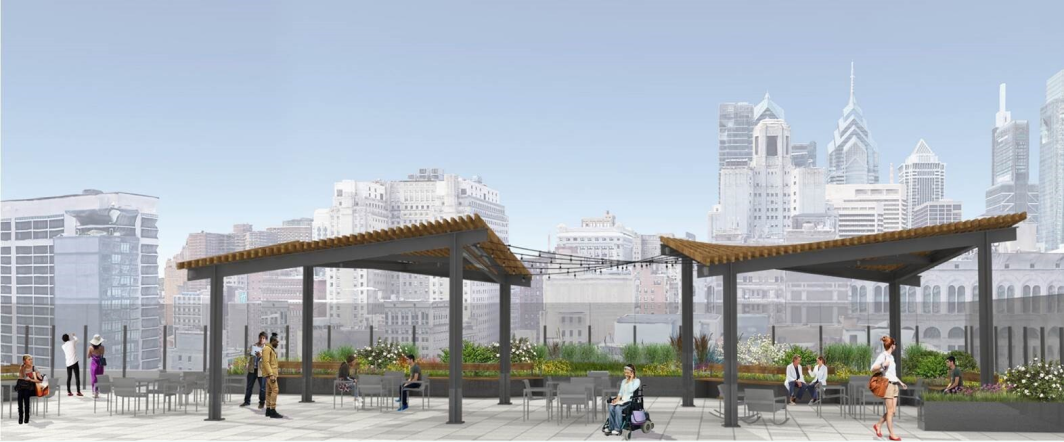
Adding more city parks, trail systems, urban forests, and green areas has been scientifically proven to benefit physical and mental health, reduce crime, and increase a sense of well-being in communities.
Rails–to-Trails Conservancy, for example, is converting thousands of miles of defunct railroad tracks in the U.S. into pedestrian and bike paths in and around cities, encouraging more people to get outside and spend time in nature, safely away from car traffic.
Under a new government plan to restore nature and boost mental health, every household in England will eventually fall within a 15-minute walk of a green space or open water view.
Find out where the closest green spaces or water views are in your community and start exploring them to experience the soothing benefits of nature. Reach out to community leaders and local elected officials to encourage them to invest public money into expanding, creating, or refurbishing parks, hiking trails, and green spaces.
Experience the Healing Power of Nature
“Reducing stress through physical activity, meditation, and nature bonding can reduce cardiovascular events,” advises advises Dr. J. E. Rame, MD, the Louis R. Dinon Professor of Medicine and Surgery and Enterprise Chief of Advanced Cardiac and Pulmonary Vascular Disease for Jefferson Health. It takes 10 to 15 minutes in a natural environment to lower your heart rate and diminish stress. To enjoy these benefits indoors, surround yourself with plants or simply look at images of nature, which will activate your parasympathetic nervous system and ease anxiety. To bring a do-it-yourself park to your very own neighborhood, download Park in a Truck’s free toolkit to learn what resources you need to help transform a corner of your community into a natural oasis.
This Thomas Jefferson University program brings vibrant oases to nature-starved neighborhoods and cultivates community, one truckload at a time.
hen you walk up to the pocket park at 38th and Melon streets in Philadelphia, the first thing that might strike you is how cheerful the colorfully painted benches look, and the next may be the table shaded by a bright orange pergola that offers a breezy oasis from the hot city sun.
This park, the first of its kind, has created a safe space in the Mantua neighborhood for the kids, ages 8 to 12, who show up on Saturday mornings to maintain the grounds, create art projects, and get a sense of ownership for a special place they can call their own. And for grown-ups, the park has become a relaxing haven to play chess and checkers, see the pear tree in blossom, or just hang out and talk.
This was a neighborhood once known for displacement, but that changed in 2012 when community activists held a “funeral for a home”—a community event organized to bring recognition to the toll of housing loss in Mantua—and then organized a civic association to take action that eventually led to a partnership between the residents of Mantua, the developer of the block of low-income row houses, and the park’s creator, a landscape architect turned professor at Thomas Jefferson University.
The imaginative idea of building community parks out of a truck—called Park in a Truck—is a visionary program from the university, which works with local developers, the City of Philadelphia, and community organizers to locate spaces, raise money, and allow those who live nearby to actually construct a park of their own.
Green spaces in urban neighborhoods have been shown to lower crime rates, improve air quality, and offer safe areas where wholesome things happen—in this case, art projects, games, and quiet contemplation of flowers, trees, grass, and other plants.
[Park in a Truck] allows communities to design, build, and maintain parks in their own communities. You really get to know your neighbors when you have to lay down gravel together.”
Kimberlee Douglas,
Director of Landscape Architecture,
Thomas Jefferson University College of Architecture and the Built Environment
The Park in a Truck idea was conceived in 2019 by Kimberlee Douglas, a landscape architect who is now the director of landscape architecture in Jefferson’s College of Architecture and the Built Environment. Douglas created a DIY toolkit for a pocket park, which guides a community to identify a lot, decide what type of park they want, and build it themselves. The elements arrive on a truck, and a small park can be constructed in about six days.
Douglas understands the power of green spaces to transform neighborhoods and improve lives. She helps raise the money to create parks for communities who want to make them a reality. But she also understood that for this—or any—park to work and sustain itself, she had to bring together the most important people—community organizers and local residents—to help make it happen. “The importance of community partnership in bringing to life the green space and then also creating programming for student ambassadors was the key not just to building the 38th Street park but to having it lovingly maintained and regularly used.”
“The first thing we did was find someone within the community who [was interested],” Douglas says. The anchor and stalwart champion of the project was Gwen Morris, an education manager by career and the Mantua Civic Association board member who helped pull all the pieces together to make the park a reality.
Since it opened in 2019, the park has been a hub of activity for nearly 100 middle schoolers who spend Saturday mornings there working on art projects such as building and decorating tree houses fashioned from old milk cartons and creating solar ovens that allow them to cook their own pizzas. The kids also maintain the flowers, plants, and trees, along with the discreet seating areas that make the pocket park so inviting—and make it feel larger once you’re sitting inside it.
“The most important thing is to create a place where men—or anyone, but men often don’t have a place to sit and have a conversation—can come sit and talk, maybe over a game of checkers or chess,” says Miss Gwen, as everyone in the neighborhood calls her. On the day we visited, the transparent screen hanging from the pergola let in light and air for those sitting inside it while blocking the sun’s punishing glare. The table beneath it was the perfect place to have a quiet conversation away from the construction sounds of a house being worked on just 100 yards away.
The Park in a Truck initiative allows residents to benefit from the soothing effects of nature and is just one of the many interventions Jefferson is involved in that help give communities a sense of ownership, pride, and safety

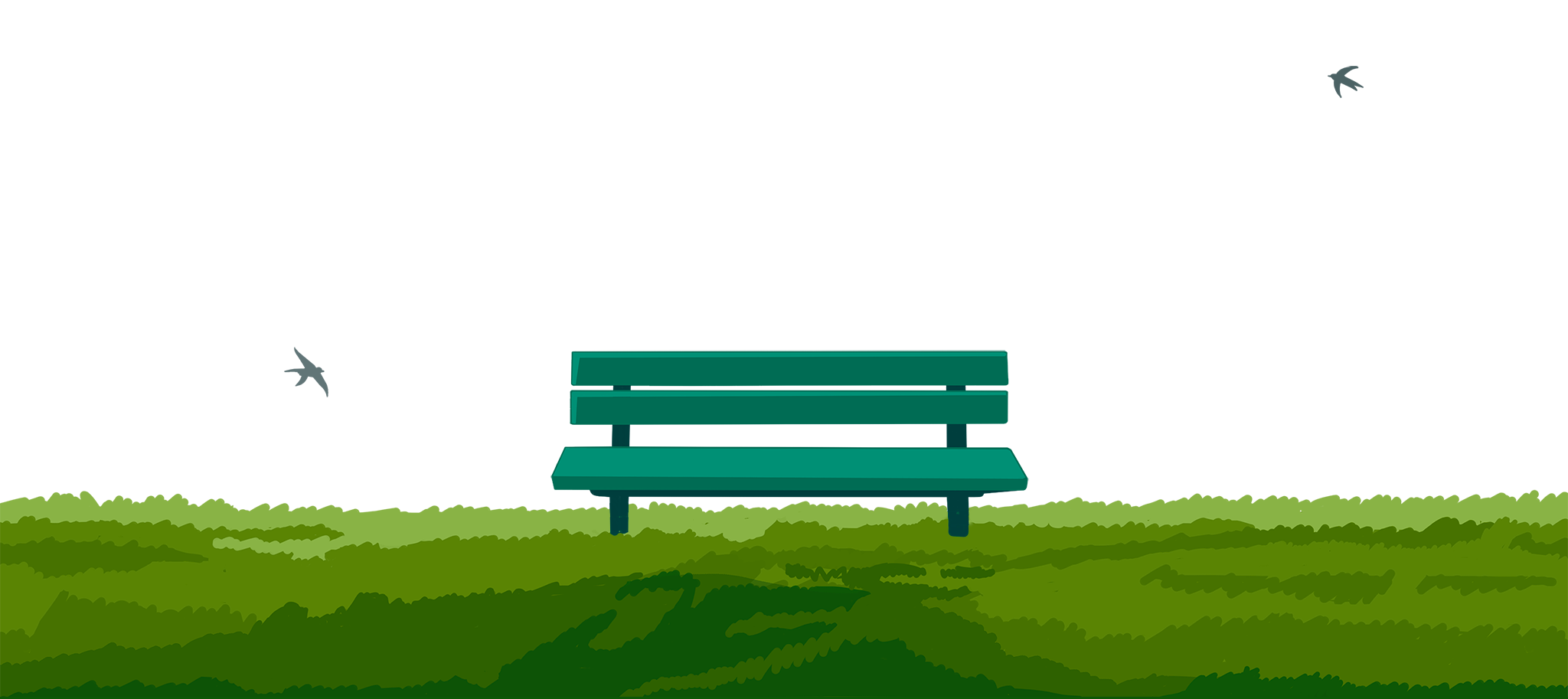
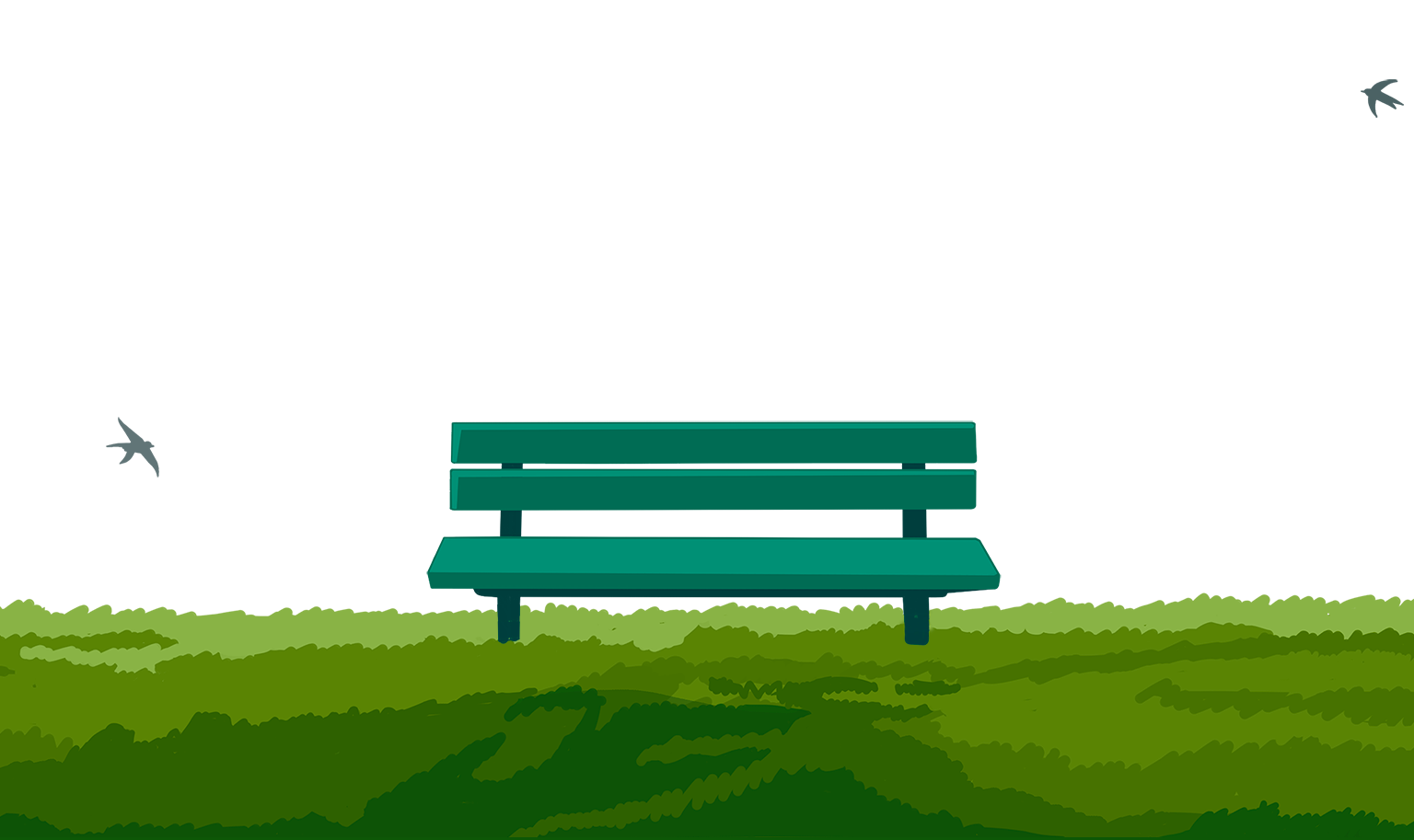
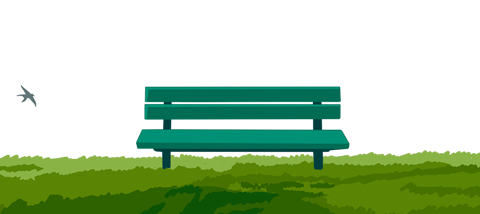
Illustrations by Benedetto Cristofani
Lucy Danziger is a journalist and the former editor-in-chief of Self magazine. She is also the former editorial director of The Beet, a guide to plant-based healthy living. She has been writing about health, brain science, and wellness for the past 20 years. This content was paid for by Jefferson Enterprise and created by INQStudio. The news and editorial staffs of The Inquirer had no role in this article’s creation.
Home of Sidney Kimmel Medical College












